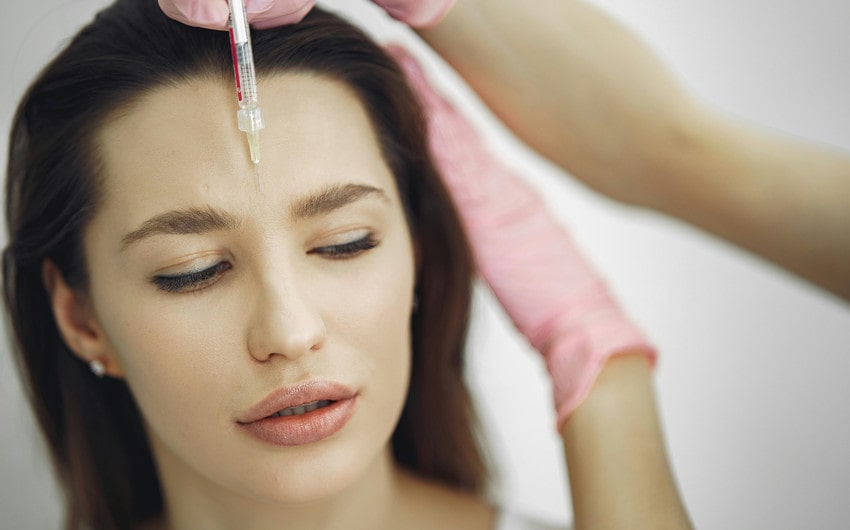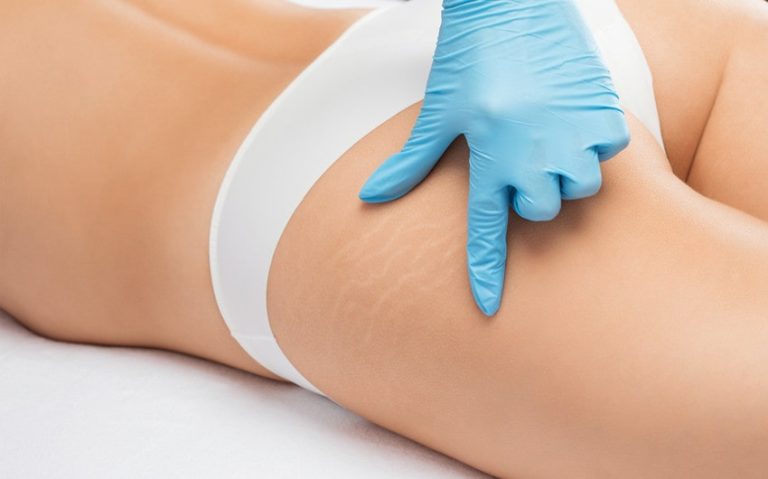Although fine lines and wrinkles are an inevitable aspect of aging, you don’t have to put up with them. Plasma and Botox injections are two common procedures that can offer you a smoother, younger-looking appearance.
These methods handle particular issues and operate in different ways. Botox uses your blood to promote the synthesis of collagen in your face to decrease wrinkles. On the other hand, plasma injections make use of your blood to renew your skin.
Choosing the right therapy for your wrinkle-reduction objectives can be made easier if you are aware of their differences. Let’s explore Botox and plasma injections to find the right fit for you.
Understanding Botox Injections
Botox is a purified protein that acts as a relaxant. Ayana Dermatology notes that it’s a type of neuromodulator, a substance that disrupts the communication between nerves and muscles.
Allure highlights that Botox was the first neuromodulator injectable on the market and continues to dominate with the largest market share. Its success has led to the development of additional neuromodulators, making Botox just one of several options available today. During a Botox injection, a small amount of the product is strategically injected into targeted facial muscles.
This momentarily inhibits muscle contractions, minimizing the appearance of wrinkles caused by recurrent expressions like frowning or squinting. Botox is very effective for reducing dynamic wrinkles, which form as you move your face. Click here to know more about neuromodulators, reducing wrinkles and fine lines.
Plasma Injections
Plasma injections utilize a device called a plasma pen. The pen creates a tiny electrical arc that sublimates (vaporizes) a small amount of skin tissue. This regulated damage stimulates the formation of collagen and elastin, starting the skin’s natural healing process.
Because there is more collagen in the skin, wrinkles appear less prominently and the complexion seems tighter. Plasma injections are suitable for treating both dynamic and static wrinkles, including crow’s feet, frown lines, and necklines.
While plasma pen treatments offer a non-surgical approach to wrinkle reduction, they are more intense than Botox injections. MedicalNewsToday highlights that the procedure may cause slight discomfort and require a short healing period with some scabbing. It’s important to choose a qualified and experienced practitioner to minimize potential side effects.
Longevity of Both Treatments
One key difference between Botox and plasma injections lies in their longevity. Mayo Clinic highlights that Botox results typically become noticeable within a week and last for 3 to 4 months. Maintaining a smooth look requires frequent treatments.
Plasma injections, on the other hand, take longer to show results (around 2 weeks) but boast longer-lasting effects (up to 2 years). However, individual outcomes can vary depending on things like age and the condition of your skin.
While plasma injections offer a longer-lasting solution, it’s important to consider the need for touch-up treatments even with them. Over time, the body naturally breaks down collagen. As a result, some patients may require maintenance sessions with the plasma pen every 12 to 18 months.
Considering the Cost Factor
The treated region, the practitioner’s level of expertise, and the patient’s location all affect how much both procedures cost. Generally, Botox injections are more affordable per session.
However, due to the need for more frequent touch-ups, the overall cost can be comparable to plasma injections. They require fewer sessions but may have a higher upfront cost. According to a blog post on Bustle, the treatment costs anywhere between $500 and $1,000, depending on your location.
A consultation with a board-certified dermatologist or cosmetic surgeon can help you determine the most cost-effective option based on your desired outcome.
Who Should Choose What?
Not everyone is a perfect candidate for Botox or plasma injections. Understanding your skin concerns and desired outcomes is crucial for choosing the right treatment. Here’s a general guideline:
- Botox is ideal for: Individuals with dynamic wrinkles caused by facial expressions and those seeking a subtle and temporary improvement.
- Plasma injections are ideal for: Individuals with both dynamic and static wrinkles, those seeking longer-lasting results, and those comfortable with a more intense treatment.
Consultation is Key
Ultimately, the best choice between Botox and plasma injections depends on your individual needs and preferences. Consulting a board-certified dermatologist or cosmetic surgeon is crucial.
They can assess your skin concerns, recommend the most suitable treatment, and address any questions you might have. With proper guidance, you can confidently choose the path to a smoother, more youthful you.
FAQs
What is Botox injection used for?
Botox injections are generally used to minimize wrinkles and fine lines on the face by temporarily numbing the muscles. They are also used to treat medical problems such as persistent headaches, excessive perspiration, and muscular spasms. Botox works by interrupting nerve impulses to the muscles, allowing them to relax.
Does plasma fibroblast work?
Plasma fibroblast is a cosmetic treatment used to tighten skin and reduce wrinkles by creating tiny controlled burns on the skin’s surface. Some people see positive results, but the effectiveness can vary. It’s essential to consult with a licensed professional and consider individual skin conditions before undergoing treatment.
What is a neuromodulator in simple terms?
A neuromodulator is a substance that influences how nerve cells communicate with each other. It modifies the activity of neurons, either enhancing or diminishing their signaling. Common examples include Botox and similar products, which are used to alter muscle movements and reduce wrinkles.
Choosing between Botox and plasma injections ultimately depends on individual goals and preferences. Botox offers a quick and relatively painless solution for dynamic wrinkles with short-term results, making it ideal for those seeking immediate and temporary improvements. On the other hand, plasma injections provide a longer-lasting alternative, suitable for both dynamic and static wrinkles.
Cost considerations also play a significant role, as Botox, while cheaper per session, requires more treatments. Consulting with a qualified professional is essential to determine the best fit for your specific needs, skin type, and desired outcome. You can make an informed decision that aligns with your wrinkle-reduction goals and skincare strategy by understanding the benefits and limitations of each treatment.







